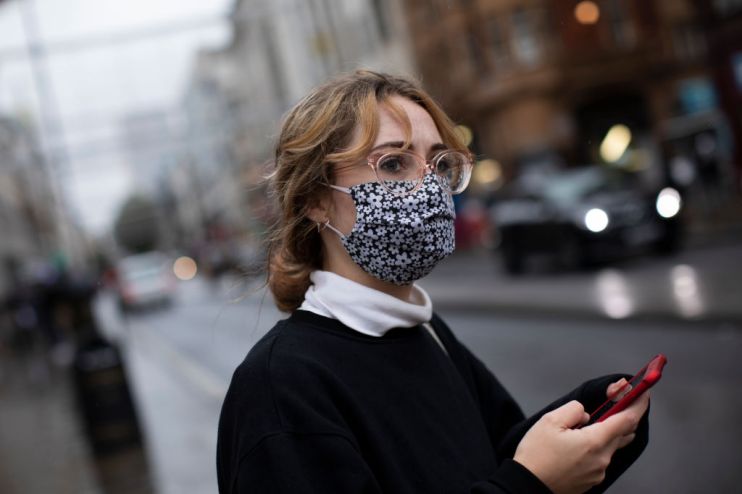Social distancing measures may stay in place until autumn

Social distancing measures may have to stay in place until at least the autumn to push down circulation of coronavirus once the population is vaccinated, according to reports.
Ministers are considering plans to place face masks and one-metre distances at the heart of the government’s lockdown exit strategy, the Times reported.
The restrictions could stay in place until the end of the year to allow other measures to be relaxed.
“As long as there are variants, we are vulnerable. That’s why continuing practicing of distancing, masks, isolating when you’re sick — that’s the shape of things to come,” said David Nabarro, special envoy on Covid-19 for the World Health Organization.
Professor John Edmunds, a member of the scientific advisory body Sage, said some curbs on daily life could be in force until the end of this year.
Edmunds added that it would be “touch and go” whether the country’s Covid R will rise above 1 if schools reopen on 8 March as planned. It is currently estimated to be anywhere between 0.7 to 1.
“If we opened schools I think the reproduction number would get close to 1 and possibly exceed 1. If we opened them up completely, if we opened secondary schools and primary schools at the same time, I suspect we’d be lucky to keep the reproduction number below 1,” he told ITV.
Tory MPs yesterday urged Boris Johnson not to “backslide” on commitments to provide an exit strategy from lockdown measures on 22 February, after the Prime Minister hesitated on a firm date for reopening schools.
The PM has repeatedly stated he will provide a “roadmap” on 22 February outlining the government’s plans for exiting England’s third national lockdown.
However, the Prime Minister’s official spokesperson said today that the roadmap will now be provided in the “week beginning 22 February”, rather than on the Monday itself.
MPs are keen to get as much of the population vaccinated as possible before easing lockdown restrictions.
More than 13m people in the UK have received their first dose of the vaccine so far, meaning the government is well on track to meet its target of vaccinating the top four priority groups by 15 February.
Jonathan Van-Tam, the deputy chief medical officer, has said the mot “immediate threat” to the vaccine rollout plan is the proliferation of the Kent variant of coronavirus.
However, it is thought available vaccines still provide good protection against new mutations, including both the Kent and South African strains.
Astrazeneca yesterday confirmed it is producing a new vaccine especially suited to tackling emerging Covid vaccines, with the aim of distributing it to the public by the autumn.